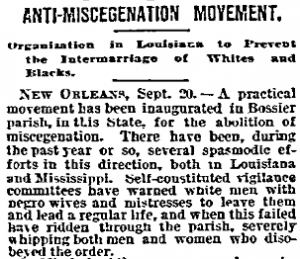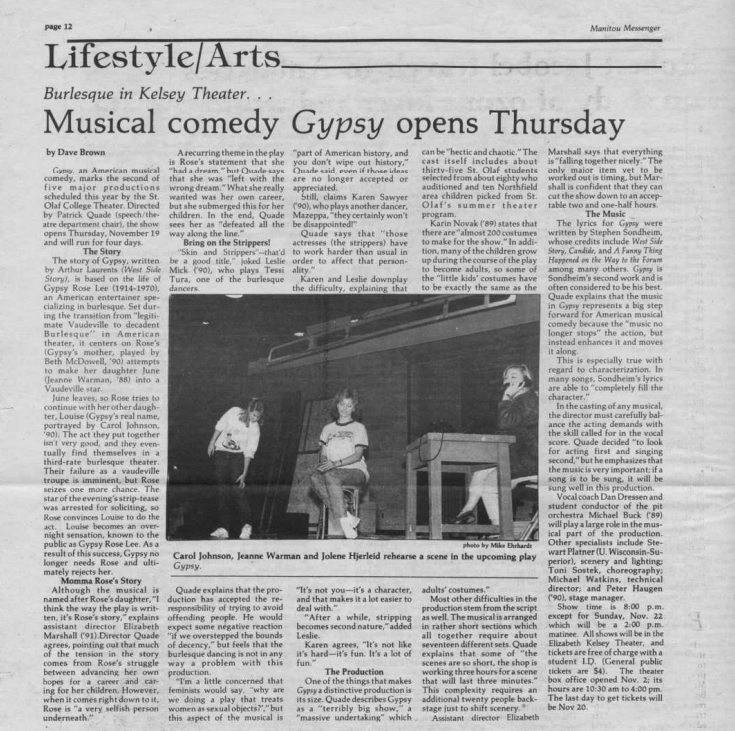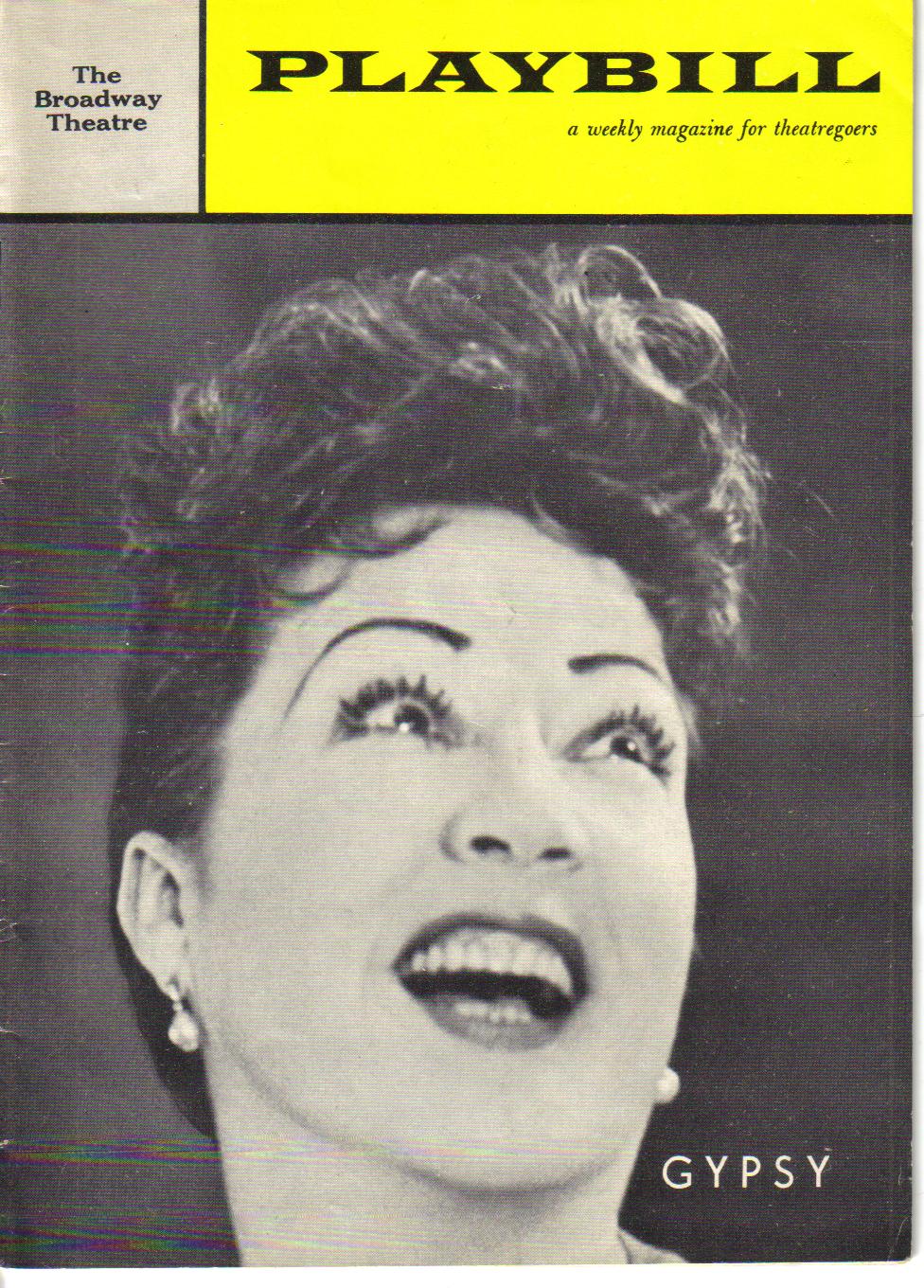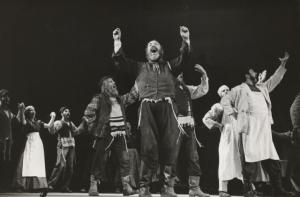
Ragtime is a syncopated musical style that was evolved by African American musicians which peaked between the 1890’s and 1910’s. It was often played on the piano with accented accompaniment. Ragtime regained popularity once again in the early 20th century through composers such as Scott Joplin, and African American composer and pianist. Ragtime is at times associated with jazz, however an argument is made that due to the absence of improvisation, it cannot be considered jazz. The presence of the ragtime phenomenon has made an impact on the composition and entertainment industry for over a century. Although African American musicians played a large role in the culture surrounding ragtime, their community was also made to feel insulted due to the minstrel show tendencies that became popularly associated with it.
In class we covered "Alexander's Ragtime Band"<1> which is a song by Irving Berlin released in 1911 and was his first major hit. There was later a musical film released named after it, telling the story of a boy who pursues a career in ragtime instead of a more respected form of music. The 20th century Broadway production Ragtime the Musical Another gained popularity. One of the songs projected in the musical is "Your Daddy's Son" and can be found at minute at 3:42 on the Audio CD of Ragtime: The Musical, which tells the heart wrenching story of a mother who buries her child in the ground after the father of her baby leaves her.<2>
Haiti being a predominantly African descent population at approximately 95 percent, has also been impacted through the outreach of ragtime.<3> The US relations with Haiti from 1915 reached political measures when President Woodrow Wilson had Haiti sign a treaty "that would protect foreign lives and property during Haiti's fifth revolution in four years" and discuss the Haitians take on the political atmosphere at the time. Music itself can be seen to have a powerful impact of nations such as Haiti and the African American population in which in resides. <4>
“Alexander’s Ragtime Band.” n.d. Library of Congress, Washington, D.C. 20540 USA. Accessed November 2, 2023. https://www.loc.gov/item/jukebox-130931/.<1 >McNally, Terrence, Lynn Ahrens, Brian Stokes Mitchell, Peter Friedman, Marin Mazzie, Audra McDonald, Mark Jacoby, David Loud, John Mauceri, and E. L. Doctorow. Ragtime : the Musical. New York, N.Y: RCA Victor, 1998.<2>WEISBERGER, BA. RAGTIME DIPLOMACY + UNITED-STATES INVOLVEMENT IN HAITI IN THE EARLY-20TH-CENTURY. American Heritage. Vol. 45. NEW YORK: Amer Heritage Subscription Dept, 1994.<3>Weisberger, Bernard A. Ragtime Diplomacy. American Heritage. Vol. 45. New York: American Heritage Publishing Company, 1994.<4>






